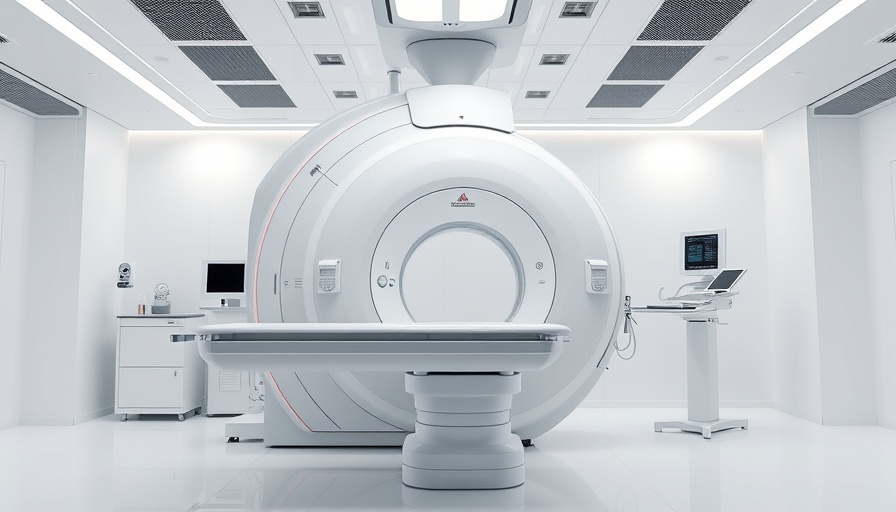
Why Surrogate Endpoints Might Mislead Patient Expectations
Surrogate endpoints, like progression-free survival (PFS), have become increasingly common in clinical trials, particularly in oncology. Yet, a recent meta-analysis challenges their efficacy as reliable indicators of patient outcomes. It found that while 53% of late-phase randomized controlled trials (RCTs) reported primary endpoint superiority, only 28% showcased improvements in overall survival (OS) and a mere 11% demonstrated enhancements in quality of life (QOL). Such statistics raise crucial questions about the real benefits of these treatments and whether they meet the genuine needs of cancer patients—a focus that healthcare providers need to prioritize moving forward.
The Emotional Impact of Quality of Life in Cancer Care
At the heart of cancer care lies a profound emotional journey for patients and their families. Understanding patient-centered outcomes—especially quality of life—is essential for healthcare professionals looking to make coherent treatment choices. The study indicates that many trials underreport or overlook QOL measures, which are vital for patients navigating their treatment paths. By shifting the focus back onto QOL and its significance in treatment discussions, providers can foster deeper connections with patients and family members, creating a more supportive healthcare experience.
Future Predictions: The Need for Evolution in Clinical Trials
As medical science continues to advance, the integration of meaningful endpoints focusing on OS and QOL could redefine clinical trials' success metrics. Sherry and colleagues highlight that the current model is underachieving, emphasizing the critical need for changes in regulatory standards. The future may bring a blend of traditional endpoints alongside newer metrics that prioritize the patient's lived experience. This shift could ensure that the advancements in cancer treatments lead to both prolonged life and improved well-being for patients.
Counterarguments: Are Surrogate Endpoints Always Invalid?
While the meta-analysis reveals some unsettling patterns, one must consider that surrogate endpoints can still hold value in early-phase trials. For example, PFS may allow for faster approval of life-saving interventions while teams work on further validating outcomes. It’s crucial for the medical community to balance these surrogate metrics with comprehensive follow-up studies that assess the true impact on OS and QOL in a post-approval setting.
The Push for More Comprehensive Measures of Success in Trials
The pressing concern to better evaluate patient experiences not only advocates for a shift in trial design but also hints at a potential cultural shift within oncology. Medical leaders must champion the need for trials to design protocols that embrace both quantitative and qualitative data. As noted in Sherry's report, a combination of evidence-based practices and compassionate care will inevitably lead to more refined treatment methods, benefiting patients and the healthcare system as a whole.
A renewed emphasis on improving OS and QOL in clinical trials is not just a theoretical discussion; it offers significant implications for our healthcare future. Providers, payers, and policymakers all have vital roles to play in ensuring treatments develop not just to prolong life but to enhance the quality of it.
 Add Row
Add Row  Add
Add 




Write A Comment